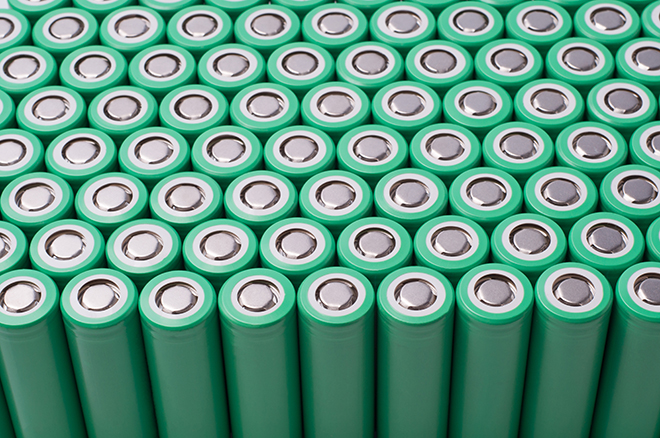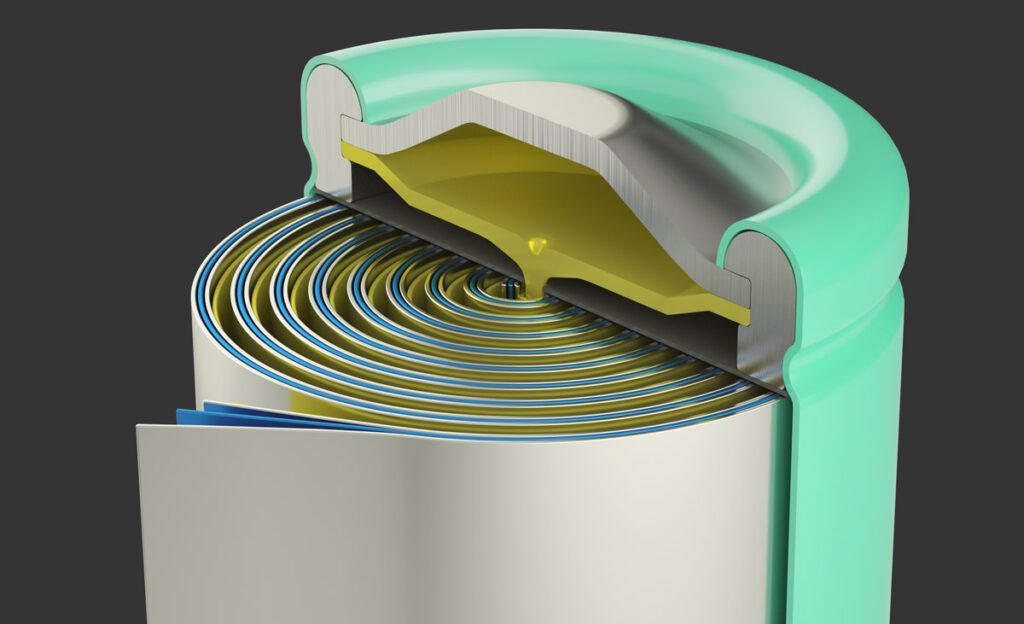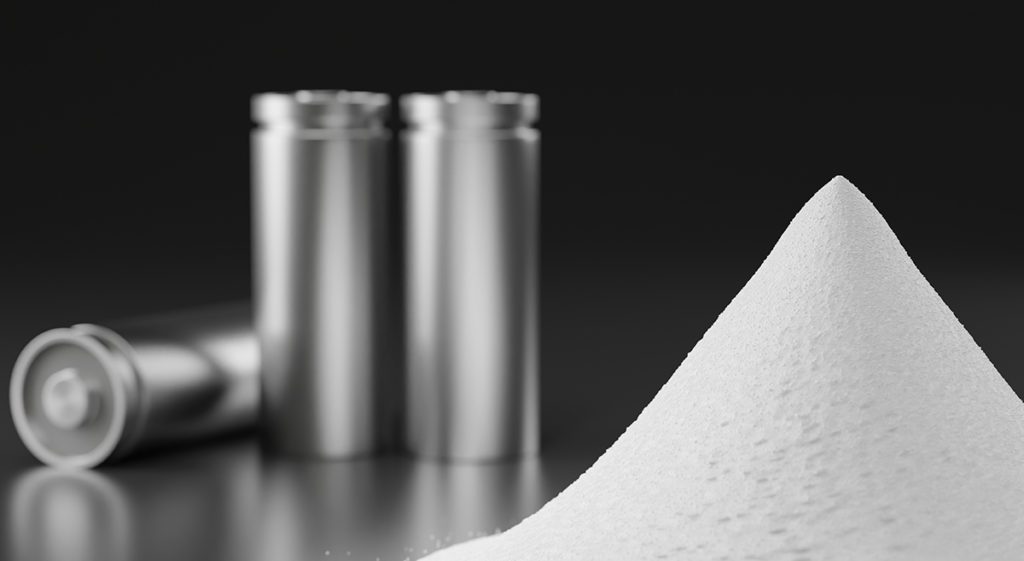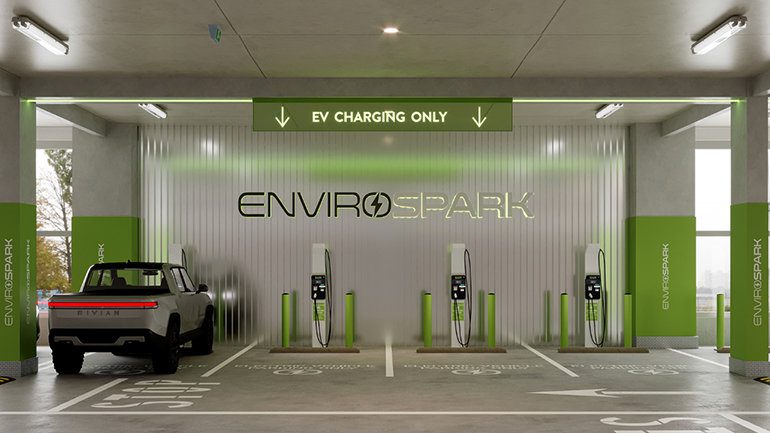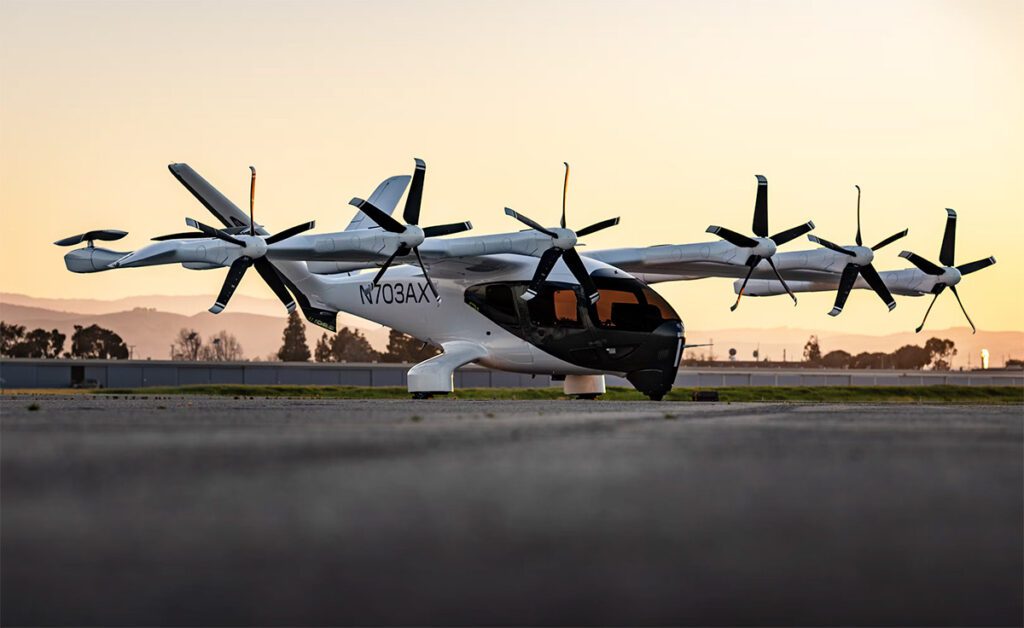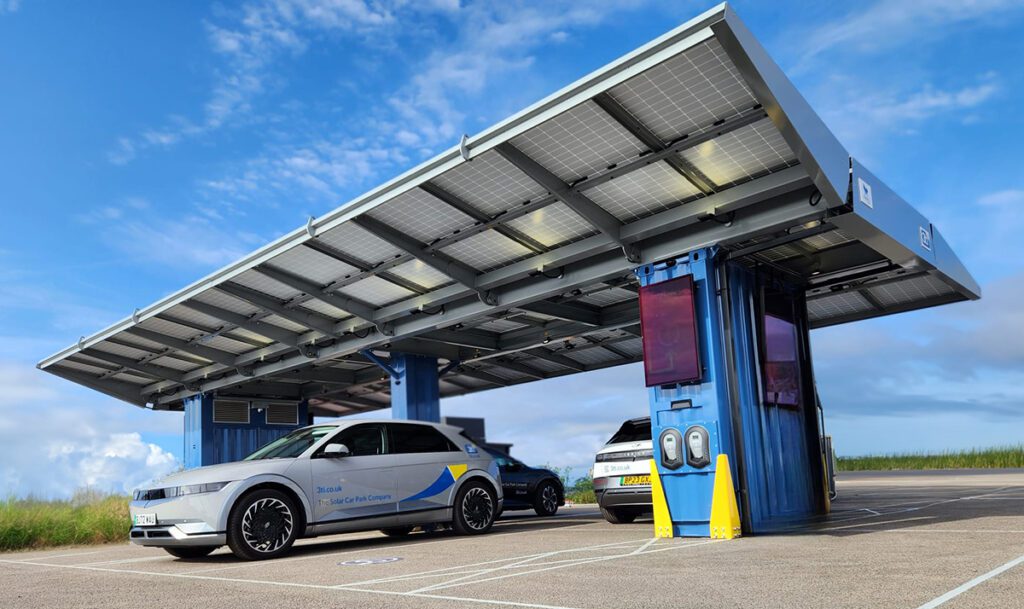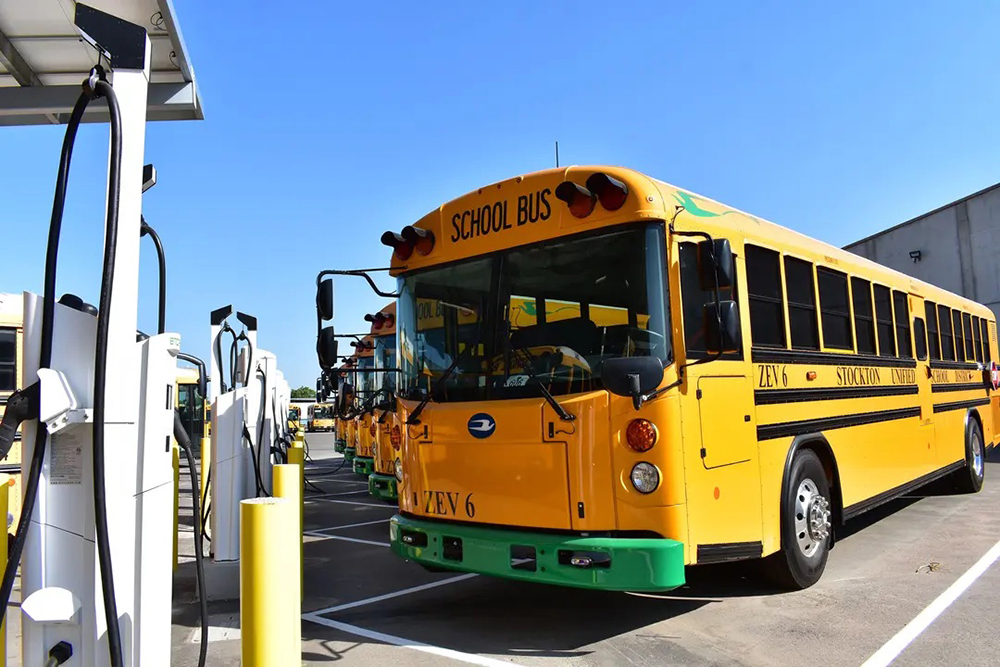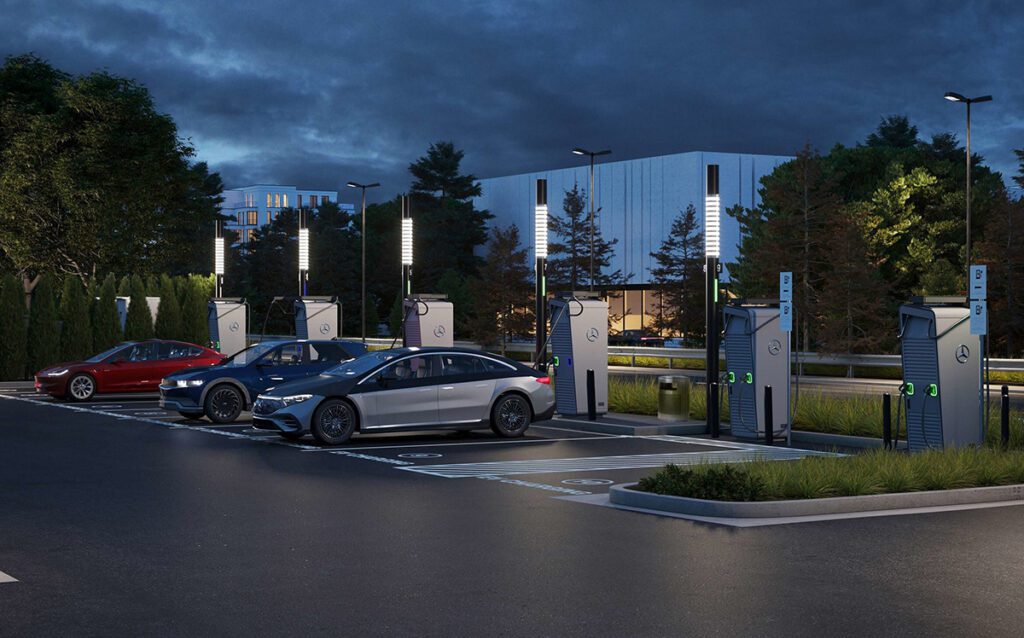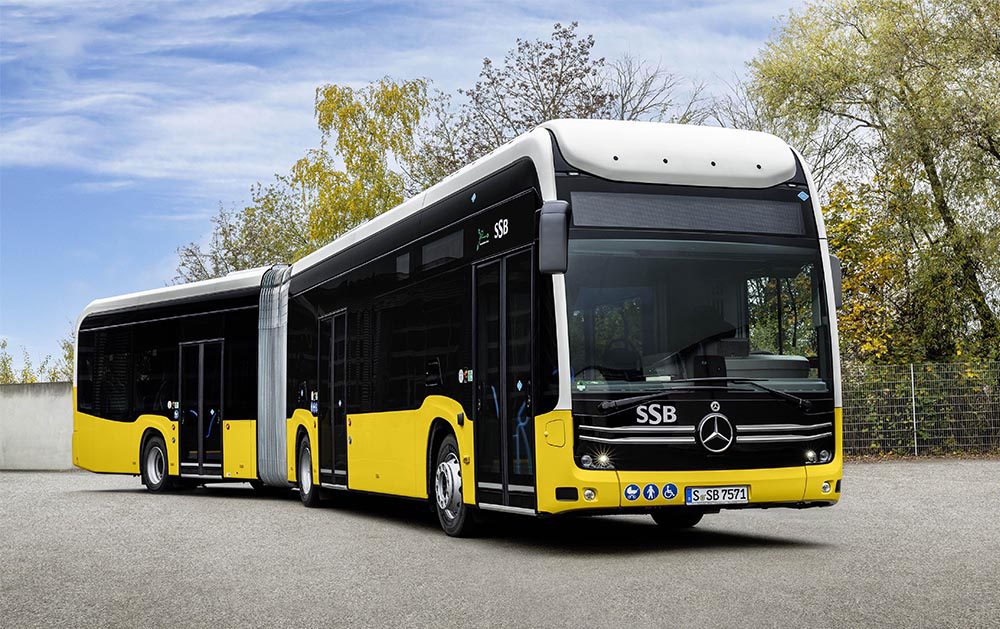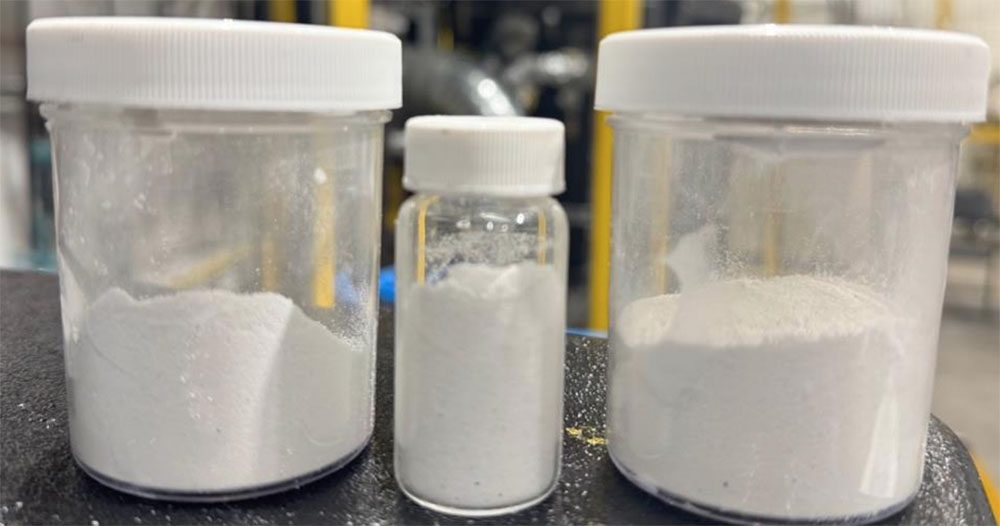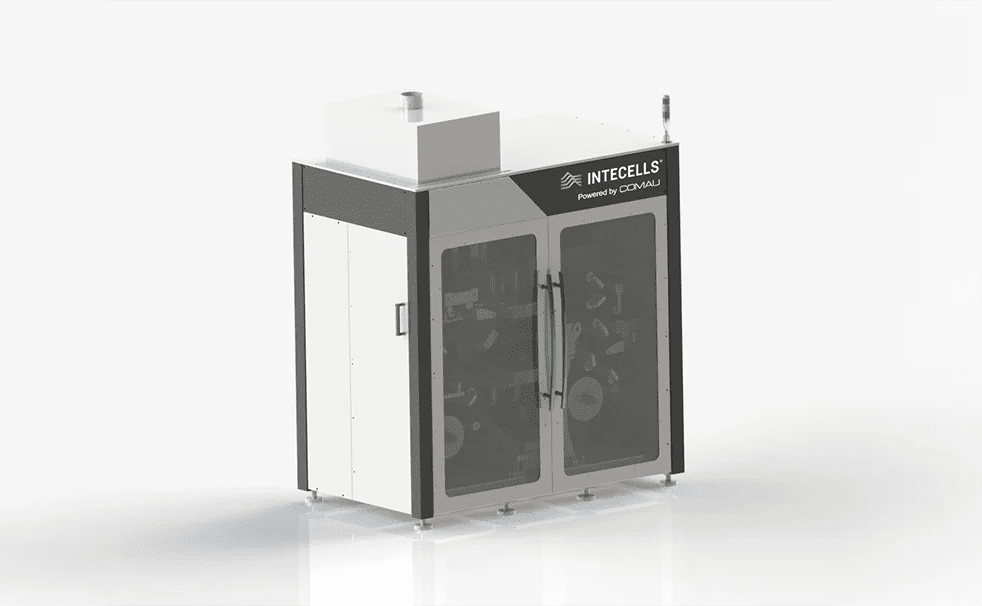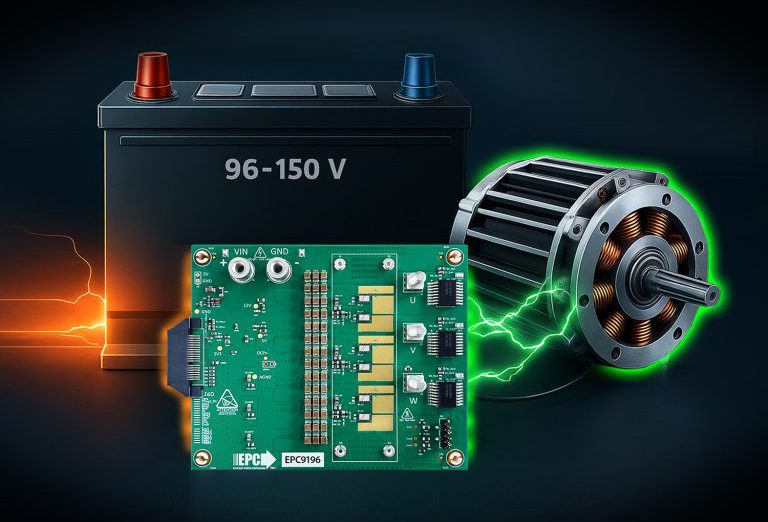Fast charging cold Li-ion batteries comes with the risk of lithium plating. When metallic lithium is formed in a battery, it can severely reduce battery lifespan and increase instability. Researchers from Penn State have suggested a solution to that problem that can provide 15-minute fast charging and a twelve-year battery lifespan in temperatures as low as -50° C.
In order to do this, the team used a self-heating LiB structure with embedded nickel foils that rapidly heat cells before charging. The foils also function as an internal temperature sensor and only add a mere 0.5% in weight and 0.04% in cost. The study used 9.5 Ah pouch cells with a graphite anode, an NMC622 cathode and a cell-level energy density of 170 Wh/kg. The cells handled 4,500 cycles of 3.5-C charging with less than 20% capacity loss, 90 times higher than standard cells.
“A plug-in hybrid EV cell that can withstand a 4-C charge without lithium plating at 25° C can only allow a 1.5-C charge at 10° C and C/1.5 at 0° C to prevent lithium plating, which explains the long recharge time of today’s EVs at low temperatures,” write author Xiao-Guang Yang and associates.
“Improving one property without sacrificing another is always nontrivial. For instance, electrolyte with superior performance at low temperatures is quite often unstable at high temperatures. It is extremely difficult, if possible at all, to develop materials with a high rate for charging while preserving durability and safety over a wide range of temperatures. Here, we make an attempt to free battery science from trade-offs. Specifically, we present a cell structure that can be actively controlled to achieve lithium plating-free (LPF) fast charging in any ambient temperatures.”
Temperature control of Li-ion batteries has always been a complex Goldilocks problem, but every day of research brings renewed hope for a solution.
Source: PNAS via Green Car Congress







